Early Fall Fishing Tips for Natural Lakes
If you’re looking for early fall fishing tips for natural lakes, you’re in the right place. Much like Kurt Dove expressed in “Fall Reservoir Fishing,” the great fall feeding frenzy by bass does not begin on the first day of autumn on natural lakes either. The famous fall bite often does not begin until mid-late October.
Early Fall Fishing
In my humble opinion, water temperature is the greatest impact on early fall fishing success. The bass feeding frenzy doesn’t begin until the water drops into the upper 50’s. If someone is absent a water temperature gauge, then look at the leaves. When they’re golden yellow and red, the bite is getting hot as well. Until that magical point, I think of fishing in terms of extreme – as in extreme deep and shallow.
Largemouth Bass Early Fall Fishing
Largemouth bass are a bit like grizzly bears. When young and small, they rely on others. But when they get big, they aggressively take whatever they want. With that in mind, a lot of sunshine is still present in early fall and fish lack eyelids. Because of that, they are often found in areas with shade.
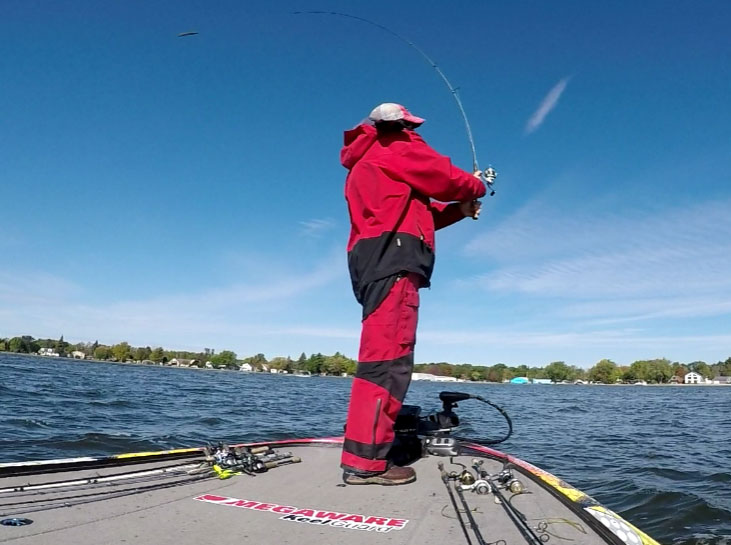
Where to find the largest bass in early fall fishing
Shade is limited on any waterway, and the biggest largemouth often stake claim of the best spots. As a result, boat docks and emergent vegetation attract the biggest bass. They bully their way to the prime real estate. The next best shade is often in the extreme depths. I look for two scenarios:
- Deep weeds along a breakline. Big bass will hunker down in the weeds and wait for unsuspecting prey to ambush.
- Birds. Go bird watching. Seagulls, terns, and other birds eat the same bait fish as bass. The presence of these birds also suggest the presence of bass. Earlier this year on Lake Champlain, Vermont, I saw birds flying over 25 feet of water while I was working a breakline with various plugs. I ran over to them and saw bait on my graph. Minutes later, I was catching fish on spybaits and drop shot rigs. Just a few weeks back, I saw seagulls diving on baitfish over 45 feet of water. I raced over to them and caught a mess of bass on umbrella rigs.
Early Fall Fishing the Extreme Depths
My job as a tournament angler is to know where the big boys live. During this time of year, most tournaments on largemouth fisheries are won in water less than two feet or in excess of 20 feet deep.
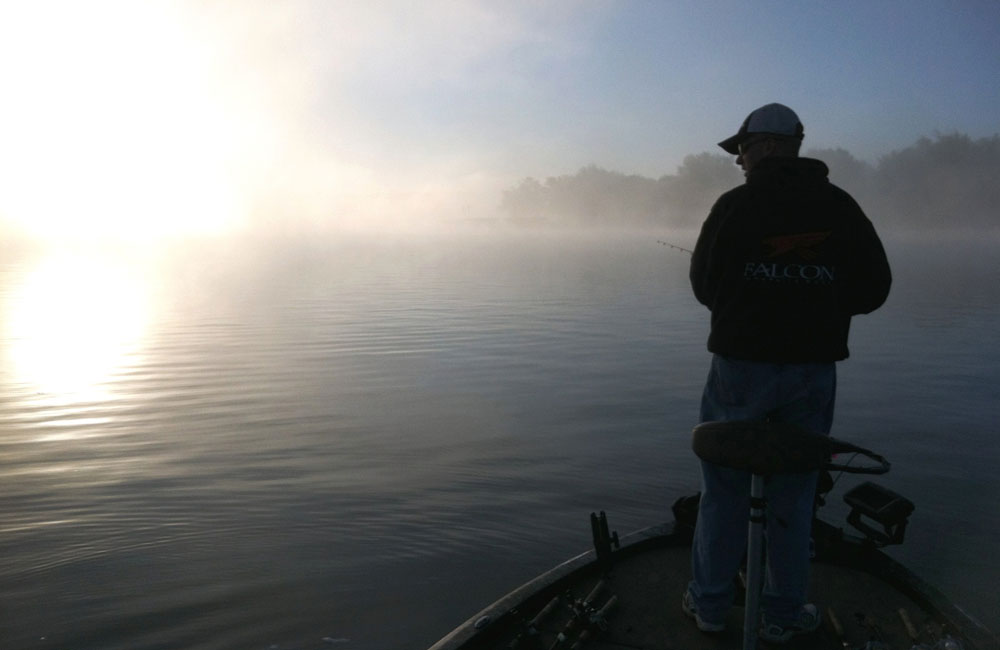
With this in mind, when I take my kids fishing, I stay in between. Fishing the extreme depths takes skill and patience; it is also where fewer largemouth live. More largemouth are in between those depths, but the biggest are extreme. Here’s how I attack the extreme depths:
Shallow Fishing Tips
If I’m fishing around the shade provided by hard cover, boat docks and piers, I sling jigs and weightless stickbaits as far under them as possible. Some days, they react quickly to a jig. On other days, it is necessary to allow the stickbait to sink slowly to coax them into biting. If the shade is being provided by emergent vegetation, I either toss floating frogs on top, or break the surface with punch baits.
Deep Fishing Tips
When the fish seem to be hunkered in the weeds along a breakline, I either retrieve a crankbait parallel to them or I drop a jig into them. When casting the crankbait, it is important to keep the boat parallel to keep the bait in the strike zone for the duration of the cast. When tossing the jig, I use a heavy jig (½ -¾ oz), and position the boat 15 feet away and drop it into the weeds. It is vital to allow the bait to fall straight down. Whenever I’m after schooling bass in deep water, I either throw an umbrella rig or a topwater plug.
Patience is a virtue in fishing, but especially in the early fall. Until then, make sure your boat is protected with Megaware products. You want your boat to be ready to be aggressive when the feeding binge officially takes off.

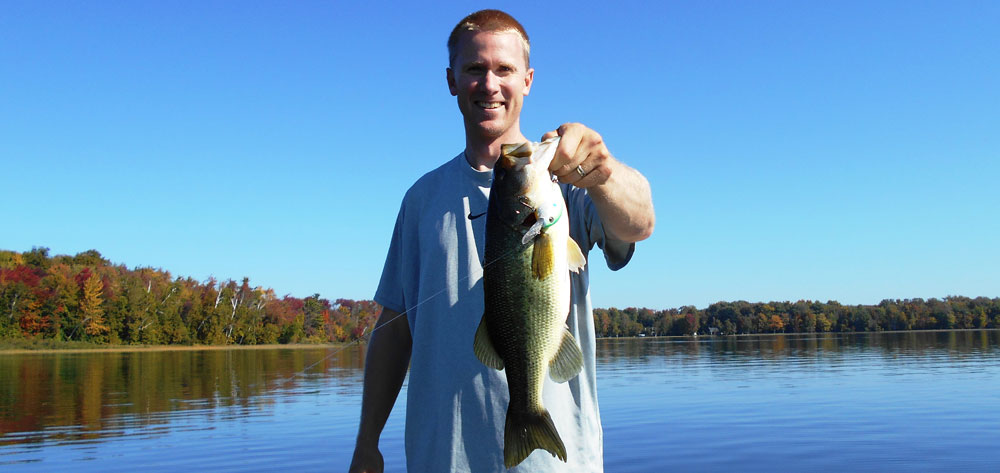
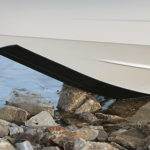

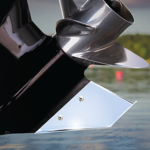

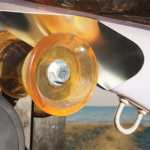
Comments